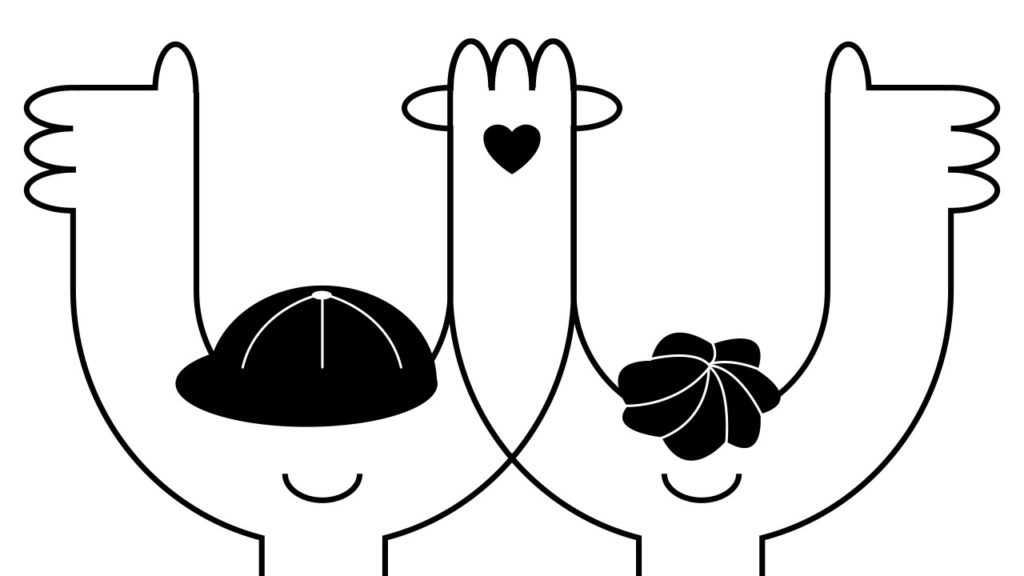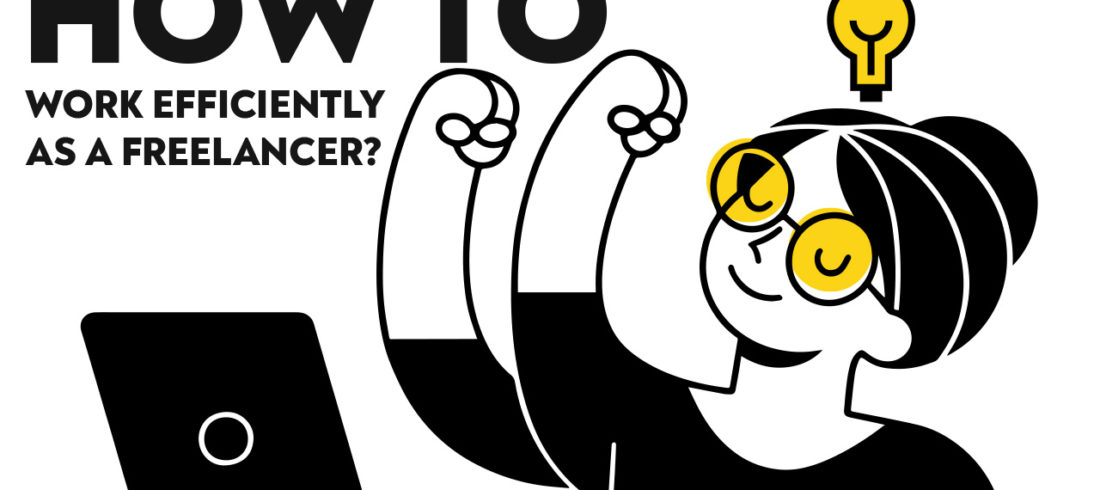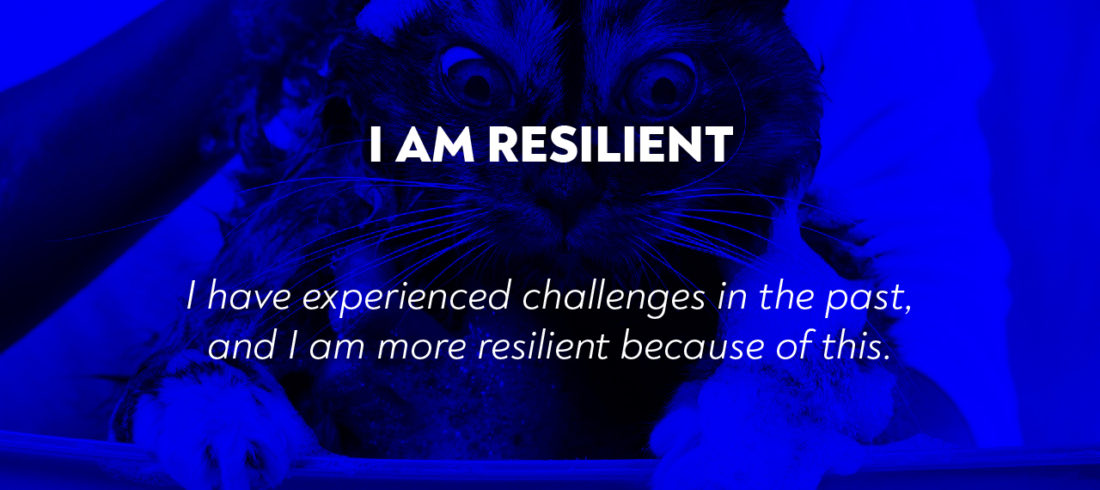
Freelancing will allow You to meet some of the nicest people there are. Sometimes client cooperation feels more like doing a cool school project with Your friend than a job. And sometimes working with clients will make you go crazy. And that’s normal.
Usually either You or Your client gets increasingly angry throughout the cooperation. Why? More often than not it is only because… You are making mistakes. “To make mistakes is human”, as William Arthur Ward once said. “To make mistakes is to be a freelancer”, we say.
But even though mistakes might teach You a lot, sometimes there are ways to avoid them. Learn from other peoples experience. Luckily (for You) we’ve made a whole lot of mistakes! And partially because of that we are so good at what we are doing (humble brag). So, let us show You the most common mistakes made by freelancers, by clients, and ways to avoid them. If You think about it there are two main types of mistakes – these on Your part, and those on the part of Your client. And we are here to talk all of them through. Here’s how to work with a client and not go crazy.

Mistakes on your part
Sometimes You just have to admit to Yourself that it is not Your client, it is You. It’s okay – we are only human, after all. It is okay to make mistakes. But if You don’t want to lose clients You need to correct them. And what is the first step to solving a problem? Recognition, of course. So, here are 4 most common mistakes on our (freelancer’s) part.
Working for free
“Do people really do that?”, we already hear You asking Yourself. Well, You’d be surprised. Many freelancers, especially in the beginning, see free labor as the only leverage they have, when making their first offer. We’ve already discussed how to properly break the endless cycle of needing experience to gain experience in our previous article. And offering Your services for free does not help You do that.
What beginners need to understand is that people who are looking for freelancing services WANT to pay for them. They are not looking for the cheapest way to do something, but rather for the best one (whether it means highest quality, or best value for money). Offering to do something for free only shows that You are desperate for projects. And this is not very convincing. Value Yourself and Your labor will be valued by others.
Not charging enough
What is the easiest way to burn out? Not charging enough. That is a common mistake many make. After all, freelancing is very competitive and You have no idea what others charge. Many start doubting their own skills, which then leads them to undervalue themselves.
Let us cheer You up – no matter what You offer, with probability verging on certainty we can tell, that there will always be someone offering to do something cheaper than You. Unless You are offering Your services for free (which You now know is the absolute reddest of flags for clients), there is nothing You can do about it.
If You work for less than You think Your labor is worth, burnout will come sooner than later. Frustration will lead to decrease in quality, and in extreme cases, to losing Your client. So, when looking for Your next project, have trust in Your skills and increase Your usual rate by 5-10%, just to break the psychological barrier. Now just wait and see how Your work suddenly becomes more pleasant.
Overworking/doing more than client expects
Guilty! When we were just starting out, sometimes we did more than the client expected to appear better/more hardworking, just to get a cold response: “That’s not what I wanted”. Sometimes You want to run the extra mile for your client, really show that You care and You are willing to put additional effort. But Your client has only paid for what You agreed upon. Save Yourself some time – make sure that all of the work You agreed to do is of the highest quality – this will pay off well more than doing unnecessary additional work.
Lack of organization
When was the deadline for the project? That’s right, You wrote it down on a piece of paper – now where is it? You start to panic, frantically looking for it all over Your desk. There it is! You take a look and freeze because of the overwhelming sensation of panic. The deadline was yesterday.
The biggest responsibility that freelancers experience usually comes from the need to organize Yourself. Find a good system which will allow You to track all the deadlines, phases of the project, tasks involved within it, etc. Keep track of all the invoices You need to prepare, remember to track time You spend on each project. No matter what, stay organized.
Not setting everything up properly
When discussing terms with Your client, never assume anything. Do not leave the slightest room for interpretation. Want an example? You set a deadline for a project on June 1st. The day comes, and the client calls You at 12 am asking “When can I expect to get the final version?”. “By the end of the day”, You respond. “I thought it would be by 12 am”, says the client, and You can hear hidden frustration in their voice.
You could have solved the problem at the beginning:
“What about the deadline? Would June 1st work for You?
“By the end of the day?”
“I was hoping You could get it done by 12 am”
A brief conversation, establishing mutual expectations, creating mutual understanding comes a long way.

Mistakes on Your clients part
Freelancers make mistakes. And as hard as accepting that is, what some find even harder to accept is that… clients make mistakes too! Sometimes the problem does not lay in You. What is, however, Your responsibility is learning how to respond to those mistakes properly. So, let’s go throught the most common mistakes clients make.
Unrealistic expectations
How should a project be done? With the highest quality, but the cheaper the better. Oh, and the deadline is tomorrow. We are, of course, exaggerating, but there is a seed of truth in that many don’t understand, that some things are mutually exclusive.
Once, as a joke we created a “switcher” which allowed you to choose if You wanted Your project to be high quality, fast or cheap. You could only choose two at the time.
Endless amendments
“Could You make the text a little bit bigger?”, “Could the colors be slightly brighter?”. You carefully introduce all of the amendments. But just like Hydra, You finish one and there are 3 new ones. Suddenly the whole project didn’t take 10, but 12 hours, but the price hasn’t changed. So, in reality, You are starting to lose money.
A good practice to introduce is stating a number of free amendments, or the price for additional ones at the beginning, saving You money and time.
Not understanding the freelancer’s perspective
Although it might not necessarily be their fault, clients often just simply not understand our perspective. It’s hard to blame them, after all, they aren’t freelancers. For some, writing a 150 word post doesn’t look like a two hour task. Sometimes they do not understand that an instruction such as “could you improve this graphic a little bit” is not exactly clear. Sometimes it doesn’t really make sense to them, why UI design of a website costs so much.
And that’s where Your part comes in. You need to be able to properly show Your perspective to Your client. What helps is to be able to very clearly show each stage of the process, each activity going into each task, and the reasoning behind the pricing. For example: “when creating a social media campaign, I spent 2 hours on a given post, and within those 2 hours, 1 hour was spent on copywriting, which I value at 50$ per hour, and 1 hour on graphic design, which I value for 150$ per hour, so that’s why a post costs 200$”. You can also go further explaining the reasoning behind Your hourly rates. What is the most important principle, and a great rule of thumb for all freelancers is: the more transparent You are, the better.

How to not go crazy?
Keeping Your mind in a good shape is important, when performing a job as stressful as being a freelancer can be. So, here’s the final part: how to work with clients and not go crazy. During consecutive years of our work we managed to form a guideline for successful cooperation. So, here are 5 golden rules for working with a client:
- Set up boundaries – both with Yourself, and with a client. Tell them that You don’t respond after 7 pm, set up the amount of free amendments, be transparent and clear. But don’t forget that You need to set up boundaries for Yourself. Promise to Yourself, that You won’t be working after a set time, that You will only make x free amendments, that You will respect Your time.
It is easy to fall into the trap of doing everything the client asks, any time, anywhere. Have respect for Yourself and Your own work – set up boundaries that just can’t be crossed. - Value Your time – expanding the previous point, remember You only have one time. It is only up to You, whether to spend it with friends, or on an overdue project. Learn how to estimate tasks properly. Learn the real value of time. Unlearn spending long hours of overtime on endless corrections. Time isn’t cheap, don’t treat it like it is.
- Write everything down – seriously, no “word of mouth” agreements. If it is not written down, treat it like it doesn’t exist (of course, inform Your client beforehand). You are just one misunderstanding, one misheard word from ruining a successful cooperation. The advantage of the written word is that there is no way to doubt it, and if there are any mistakes, it is very clear who made them. Save Yourself some frustrating arguments over who said what, just communicate with text!
- “Us vs. the problem”, not “Me vs. Client” – a rule that works great in any relationship You’ll have. Most often Your client wants the same things You do: for the cooperation to run smoothly, and for the project to be sent without any major complications. As they say, it takes two to tango. When Your client has a complaint, don’t treat it like a personal attack, but rather as an obstacle You need to work together to overcome. As stupid as it may sound, this small mindset change is going to make a massive difference in the way You approach conflicts and disagreements. Just try it!
- Don’t be afraid to let go – sometimes it just isn’t meant to be, and that’s okay. Sometimes You can accept that a client is just not the perfect fit, that You operate on a different vibe, and maybe it is worth it to just simply end it and move on. The thought might be scary, especially to the beginners – after all if that’s one of Your income sources, You might feel like You are losing money. But maybe, just maybe letting go can be a chance to open Yourself to the possibilities You didn’t think would be possible. Stay open-minded and put Yourself first.








